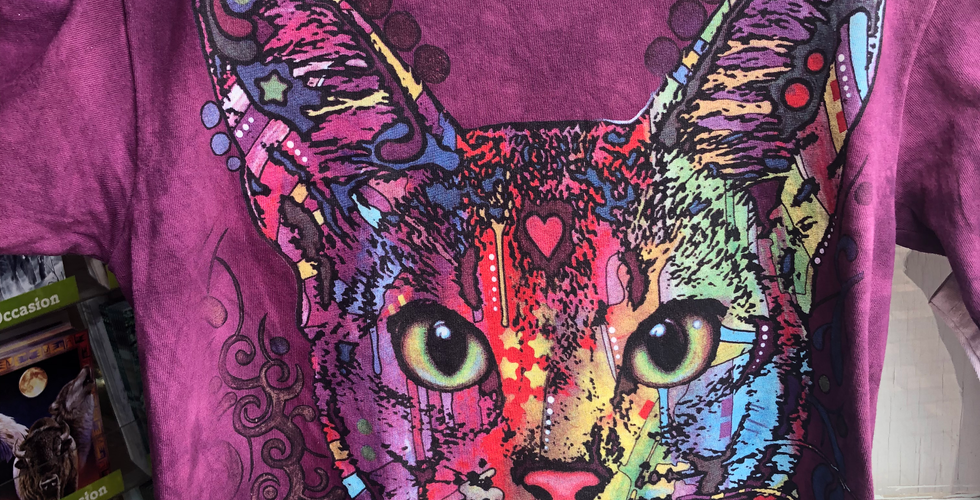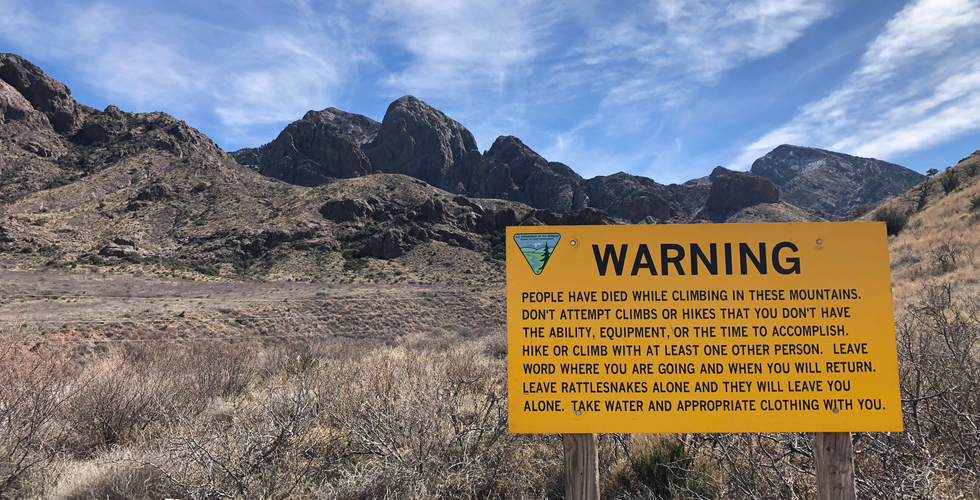This next leg of our journey will take us across the bottom of New Mexico. We will be visiting El Paso (to have our RV leak repaired) and Las Cruces (which I discuss in this post), then onto Truth Or Consequences (because we have to see what a town with such a name looks like), then onto Silver City, before moving into Arizona. It will span over 350 miles.

FIRST, OUR RV WATER-LINE LEAK REPAIR:
After calling numerous repair facilities, we found a shop in Las Cruses that would take us on short notice. Thus, we are very grateful to Holiday World of Las Cruces for squeezing us in.
Here are the before and after pictures of the leak from the fresh water line to our hot water heater.
BEFORE: AFTER:

We have been very pleased with their work. They replaced the cheap plastic elbow joints with brass. Seems to me that this is something the manufacturer should have done, but that's just me. We were also VERY pleased with our Forever Warranty which covered the entire cost of the repair!

ON TO THE CITY OF EL PASO:
My first exposure to the town of El Paso was from the TV commercials promoting Old El Paso products. How bad can a town be that produces such good salsa?

I'm here to tell you we found them to be nothing alike! While Old El Paso products may bring a delicious warmth to your body, the city definitely did not.
First, it was very strange to look out over a large city and realize that somewhere down there was the border between two countries. One nation gently blends into another.

While we expected a western-themed historic downtown, instead, we found this:
It was not at all what we expected. People walked fast, talked fast and had little time for chit-chat. It was rather chaotic, loud, congested and crowded. We felt like impediments in the middle of a fast-moving stream, and we didn't belong here. So after a short visit, we decided we had seen enough. On the way out of town, we stopped for dinner at El Paso's oldest family-owned restaurant, L & J Cafe.
The food and margaritas were good, but did not measure up to their Google reviews.
A humorous incident did happen while we were here; but funny only to me. As a child, I watched a lot of cop shows, so when two Border Patrol agents in full uniform walked in, I had visions of someone yelling "Federales!", and the entire bar emptying out in mad chaos. But nothing happened. No one even gave them a second glance. They simply came in, chatted with a few of the other patrons, sat down and enjoyed their dinner. I'm not going to lie; I was a little disappointed.

MY INITIAL IMPRESSIONS OF THE SOUTHWEST:
Although familiar with the written history of this region, I was caught totally off-guard by the overwhelming influence the Mexican culture has played in its evolution. No, I'm not just talking about the number of restaurants selling menu items cooked with a Mexican flare, I'm talking about how it can be seen in the architecture, artwork, customs, culture, language, music and clothing. It really took me by surprise.
The whole region is a smooth blending of two civilizations with a uniqueness all its own. Culturally, the border is just a construct on a map.

And to be honest, it was a bit odd at first to see so many buildings decorated with colorful murals. It was different. And different initially makes me cautious. As much as I tried, I couldn't decipher the message(s) these "cultural billboards" were trying to convey. It reminded me of the many native-American petroglyphs we've come across in our travels; fascinating to look at but impossible for me to decode.

It took me a while to come up with an answer that satisfied my curiosity. I think they represent a culture's proclamation that even though our surroundings may be harsh and oppressive, together, as a family or community, we will/we have persevere(d). "Your building may be big and this corporation may be powerful, but you will not dominate our spirit." Or something like that. Who knows, I may be way off-base. Maybe it's done just to turn something ugly and bleak into something beautiful. And, if that is the only reason, then job well done!
HERE IS LAS CRUCES:

The city of Las Cruces (with a population around 120,000) has a fascinating history. But to understand it, you must first learn about the history of the nearby town of Mesilla; a small town's, small decision, that made a big impact on its neighbor.

MESILLA, NEW MEXICO:
Dating back to the 1600's, two active trading routes ran through this region. One ran north-south from Mexico City to Santa Fe and the other east-west from San Antonio, Texas to San Diego. These routes were actively used by the Mexicans, Spanish, Native Americans, and U.S. traders.
After the 1854 Gadsden Purchase in which the United States purchased a 29,670 square mile portion of Mexico --which later became part of lower Arizona and New Mexico-- the government-built Fort Fillmore to protect settlers and traders using these routes. The village of Mesilla (which translates as "side table") sprang up. As the town began to grow and flourish financially, it attracted the attention of outlaws who frequented many of the town's bars and bordellos. In fact, it was here that Billy the Kid was captured, tried and sentenced to death by hanging in 1881 (he later escaped).

But I digress. Later, when the railroads wanted to build a rail line through this area, the town refused to sell them land, so they moved the line further north to just outside the small town of Las Cruces. The rail lines brought prosperity and growth, causing Las Cruces to explode in size while Mesilla has remained a small community.
But this rustic town is bursting with old-world charm. It has proudly kept to its cultural roots. Many of the buildings house shops that sell hand-crafted goods.

Okay, no offense to anyone living in Las Cruces, but there is nothing truly unique about New Mexico's second largest city.
While there is a downtown "historic" area it only encompasses a few city blocks and once you go beyond this perimeter you encountered many empty storefronts. An indication of the economic headwinds this city has been experiencing. Fortunately, it did look as if a revitalization program was underway because of the amount of construction we saw going on.

THIS IS ALSO HOME TO THE WORLD'S LARGEST:
ROADRUNNER...
Artist Olin Calk built this 20' tall and 40' long statue made entirely from discarded materials at local landfills and dedicated to "consumption, recycling, and just looking at stuff we throw away." The statue can be found at a rest stop just west of the city along route I-10. It's worth the stop just to see how many of the discarded items you can identify.
..AND CHILI PEPPER:

Back in the 1960's when gaudy was all the rage, the owner of this hotel wanted to stand out from the competition, so he built a 47-foot-long fire-engine-red Hatch Chile made from 2.5 tons of concrete. It might have worked because Clint Eastwood stayed here while filming Hang 'Em High.

WAS THERE HIKING?
Of course there was hiking! We chose the historic Dripping Springs Trail that is an easy 3 mile out and back hike.
I loved this trail! There are many well preserved historic structures along the route that tell the story of a once thriving 1870's mountain retreat and sanitarium. The sanitarium was founded by Dr. Nathan Boyd and operated from 1897 - 1917. This sanitarium became so well known that Pancho Villa and Sheriff Pat Garrett visited here!

Stagecoaches once rumbled along the trail I walked. How cool is that! They were bringing TB patients to these mountains to try a dose of "altitude therapy". At the time, the prevailing thinking was "bad air" brought on tuberculosis, so to relieve symptoms and to promote healing, the clean, dry air of high altitudes was just what the doctor ordered. Below are some of the structures we encountered.
I found it so fascinating to poke around these old buildings and try to imagine what life must have been like over a hundred years ago. Sigh. If only walls could talk.

A FEW OTHER INTERESTING NUGGETS WE DISCOVERED WHILE HERE:
A UTOPIA IN THE DESERT:
In our travels across the country, we've come across the remains of quite a few "utopian societies". More than we ever realized existed in this country. Many of these communities seem to have sprung up around the turn of the 20th century. We've found that many of these isolationist communities weren't sheltering themselves from the onslaught of the industrial revolution, but instead were trying to separate themselves from the moral decline of the country. In 1884, John Newbrough founded Shalam (which means in Hebrew "to make something whole") as a utopian community to create a better world, especially for orphans.

"The object is ... to raise up the children where they shall not witness drunkenness, crime, and profanity; where they may be taught, on the kindergarten system, all kinds of trades and useful occupations, with a time to sing, a time to dance, a time to play, a time to work, and a time to pray. They will be taught the universal brotherhood, and to have faith in Jehovih, their creator; to be non-resistants, to abjure war, to practice the commandments and to do good .... In fact, the plan described in Oahspe, the new Bible, will be carried out." From the first Convention of Faithists, 1883
Adherents established "receiving stations" in New Orleans, Chicago, Kansas City, and Philadelphia. While they didn't acquire as many "donations" as first envisioned, about 50 children were raised here until the community's dissolution in 1901. As we've seen with many of these communes, when those who wanted exceeded those who contributed, their utopia became unsustainable and quickly collapsed.

PECANS ARE SERIOUS BUSINESS!
Unbeknownst to us, this is the pecan capital of the US.



RIO GRANDE; RIO GONE!
At one point we crossed over the Rio Grande River. It shocked us. Where were the rushing waters that make this river so grande?? We aren't really sure why this stretch of the river was so dry but we couldn't resist getting this picture.


Whew. Thanks for reading this blog post. It turned out to be longer than I expected. In my next blog post, I will be writing about our first real cowboy sighting and a game show that named a town!
See you on down the road!









































































